Entertainment
Rosie Maddox: The talented rom-com screenwriter who’s taking the film festivals by storm!

Get ready to celebrate because Rosie Maddox, the brilliant mind behind “Wishing on Stars,” is back with another heartwarming and laughter-inducing screenplay that’s earned her yet another shot at glory at the upcoming Houston Comedy Film Festival!
We’ve got some fantastic news that’s bound to put a smile on your face. Rosie Maddox, an incredibly talented writer with a passion for fun and quirky storytelling, is taking the plunge into the world of filmmaking. And boy, are we in for a treat!
Rosie’s journey into screenwriting is as unique as the characters she creates. She’s not a Hollywood insider or a member of any fancy writers’ union. Nope, she’s just like you and me—a creative soul with a knack for crafting stories that touch our hearts and tickle our funny bones.
Her latest project, “Wishing on Stars,” is a Rom-Com screenplay that’s making waves for all the right reasons. Picture this: childhood best friends, Mare and Jules, reuniting after years apart. It’s a tale of rediscovery, second chances, and the kind of love that sneaks up on you when you least expect it.
What makes “Wishing on Stars” stand out is its quirkiness and relatability. Rosie’s characters are not your typical rom-com stereotypes. They’re real, flawed, and utterly charming. And guess what? Rosie found a piece of herself within these characters, making their journey even more heartfelt and relatable.
If you’re a fan of “Count Your Lucky Stars” by Alexandria Bellefleur, you’re in for a treat. Rosie’s screenplay shares the same delightful quirkiness that made Bellefleur’s novel such a hit. It’s a story that celebrates vulnerability, the unpredictability of love, and the magic of second chances.
But here’s the best part—Rosie Maddox is just getting started! She’s already in pre-production on a prequel to “Wishing on Stars” with her production company, DRAMADDOX Pictures, which means we’ll get to dive even deeper into the lives of these captivating characters.
Rosie Maddox is not just an emerging talent; she’s an award-worthy one too! Her previous works, including the four-part drama series “Hit & Run” and the paranormal drama feature “Kaha Akua,” have garnered recognition at esteemed film festivals like the Atlanta Women’s Film Festival and Paris Awards Film Festival. And let’s not forget her romantic comedy feature, “Wishing on Stars,” which recently snagged the

Award-Nominated Rom-Com Screenwriter Rosie Maddox
title of Best Romantic Screenplay at the Purple Sky International Film Festival. Rosie’s writing shines bright in the world of film, and her future projects are bound to dazzle us even more.
So, why should you be excited about “Wishing on Stars” becoming a film? Simple—it’s a story that will make you laugh, tug at your heartstrings, and remind you that sometimes, love has a funny way of finding its way back to us. Plus, it’s a chance to support an emerging talent in the world of rom-coms.
Rosie Maddox is ready to share her unique brand of storytelling with the world, and we couldn’t be more thrilled to join her on this journey. Keep an eye out for “Wishing on Stars” and get ready to fall in love with the magic of laughter, love, and second chances.
Stay tuned for more updates and be a part of the rom-com revolution with Rosie Maddox and reach out to her if you want to collaborate!
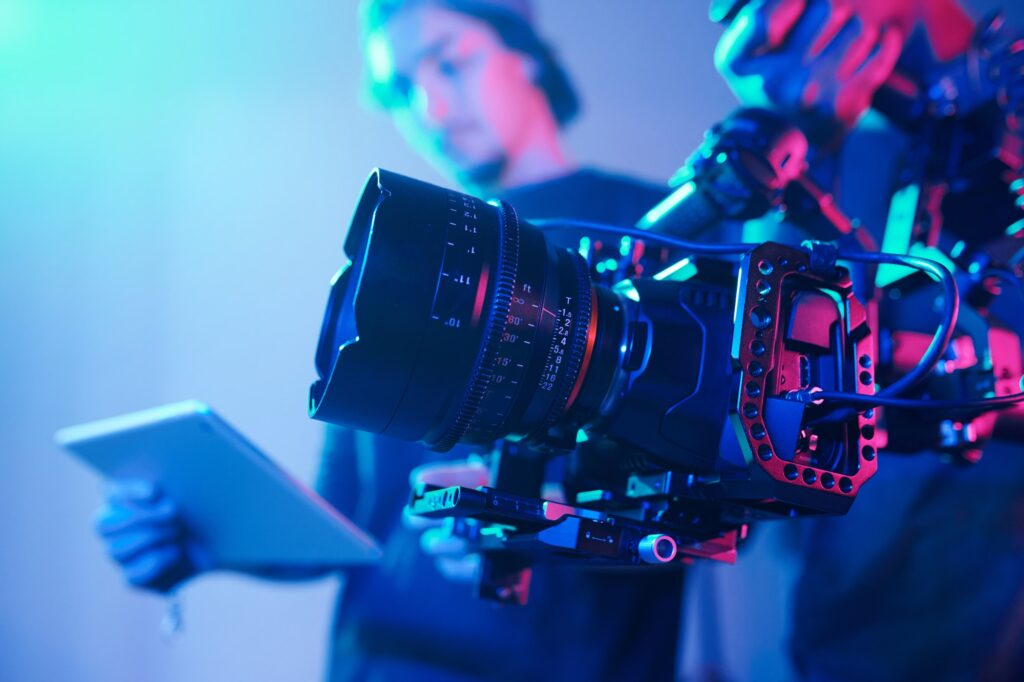
If you’ve enjoyed this article and found it helpful, please consider supporting us by shopping through our links. Your support helps us keep creating valuable content. And if you’re interested in collaborating with Bolanle Media, don’t be shy! Contact us, and let’s explore exciting opportunities together. We’re always eager to connect with fellow creators and enthusiasts. Keep the creativity flowing!
From the Film Festival Circuit Founder, Mikal Fair:
Entertainment
Chaos and Comedy: Darby Kingman’s “Camp Wackapoo: Rise of Glog”
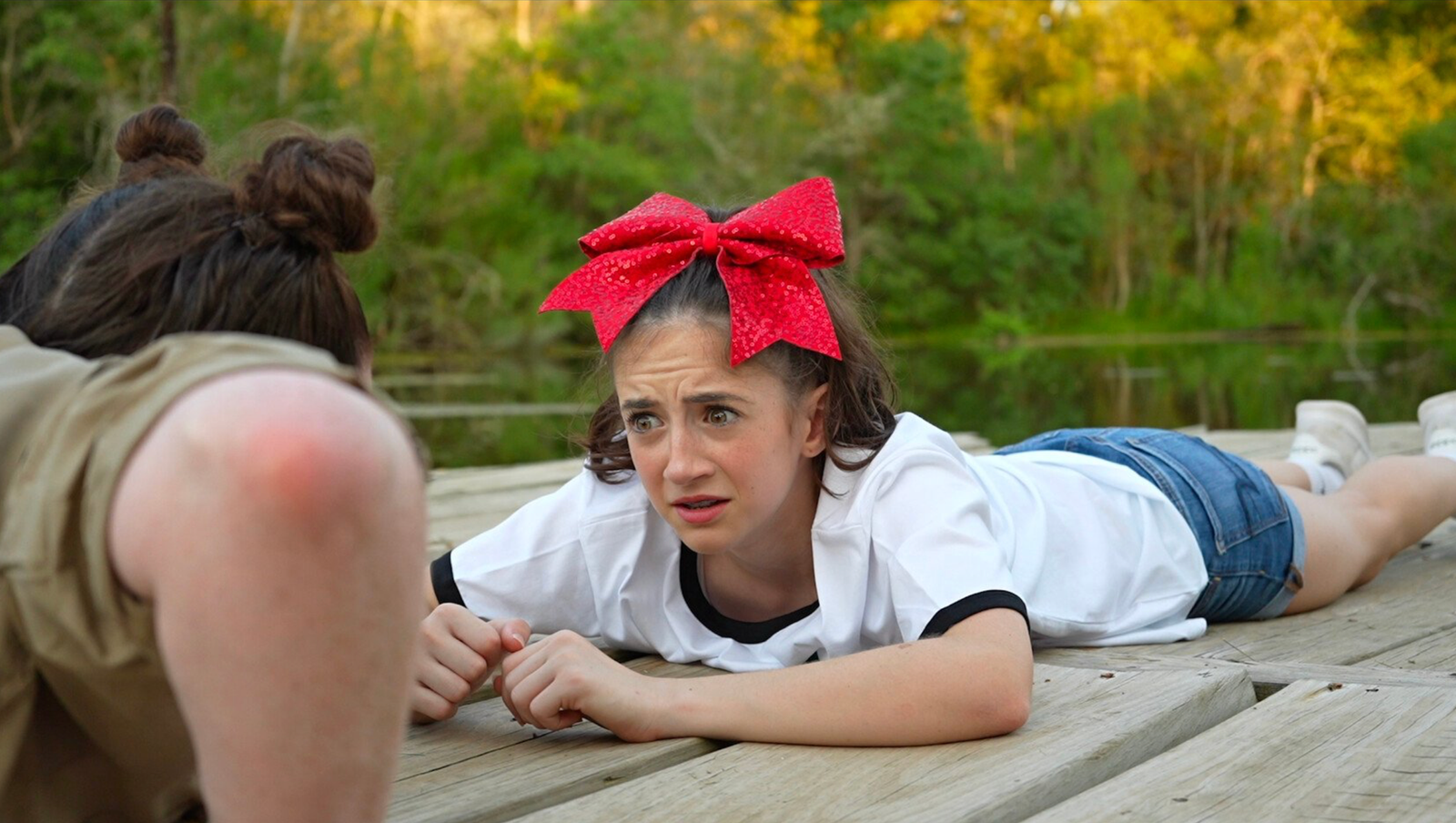
Darby Kingman’s “Camp Wackapoo: Rise of Glog” redefines summer camp comedy with a wild, energetic story about ambition, chaos, and the joy of embracing the unexpected. The film centers on a relentlessly competitive camp counselor who’s determined to finish first—only to face a motley crew of unruly campers and a summer unlike any other.
As Darby puts it, “Not everything is that deep. It really honestly was to make people laugh. She has all these kids that are not working with her and she’s just losing her mind. It’s crazy, silly, goofy, and it was a blast.”
What started as a simple scene for Darby’s acting reel evolved into a full-fledged film with encouragement from her mentor at Debbie Reynolds Acting School. Darby dove into every role—writing, directing, starring, and meticulously preparing each prop and costume. “Plan and prepare, but also be flexible and ready to be in the moment—that’s when the magic happens,” she advises.
Working with a handpicked cast of her own dance students, Darby built an atmosphere of real teamwork and camaraderie. She credits the “precious” energy of her young cast, her creative director of photography, and the overall spirit of her production team for turning the project into something bigger than herself. Her experience is an inspiring blueprint for indie filmmakers:
“Take initiative and control of your career. You can’t just sit around and wait for somebody to pick you. Figure out what you’re good at and go for it. Create something that brings joy to others.”
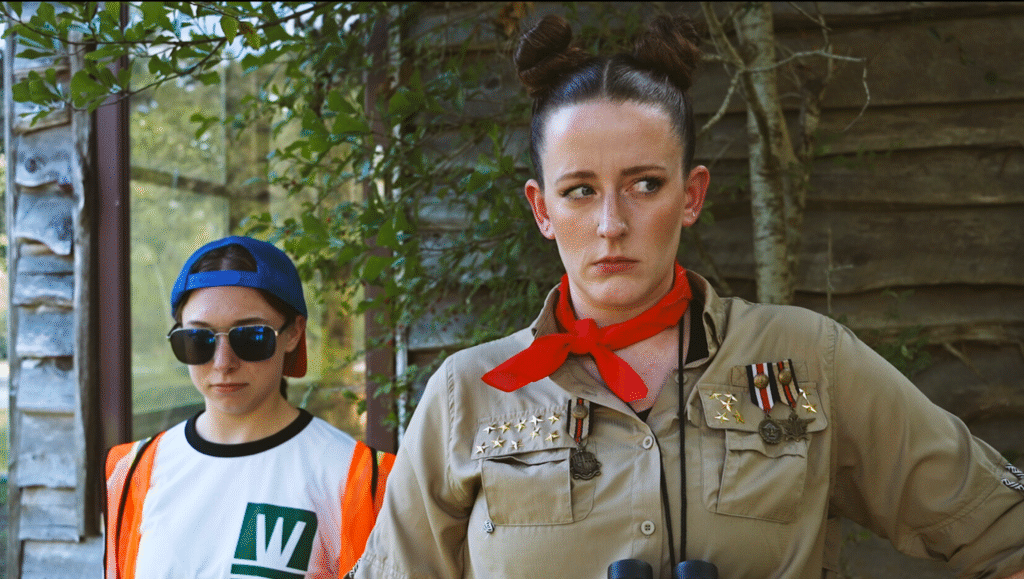
Her production motto? “Preparation is key, but you have to be ready to go with the flow—that’s when the magic happens.” Darby’s fearless creativity, focus on collaboration, and love for comedy shine throughout “Camp Wackapoo: Rise of Glog.” It’s more than just a camp satire—it’s a heartfelt testament to hard work, original humor, and leadership from the ground up: “People need to laugh right now. That’s a win.”
Catch “Camp Wackapoo: Rise of Glog” and experience Darby’s infectious energy and comic genius at the Deluxe Theatre on November 1, 2025. Get your tickets now at Houstoncomedyfilmfestival.com.
Entertainment
Diane Keaton Dies at 79
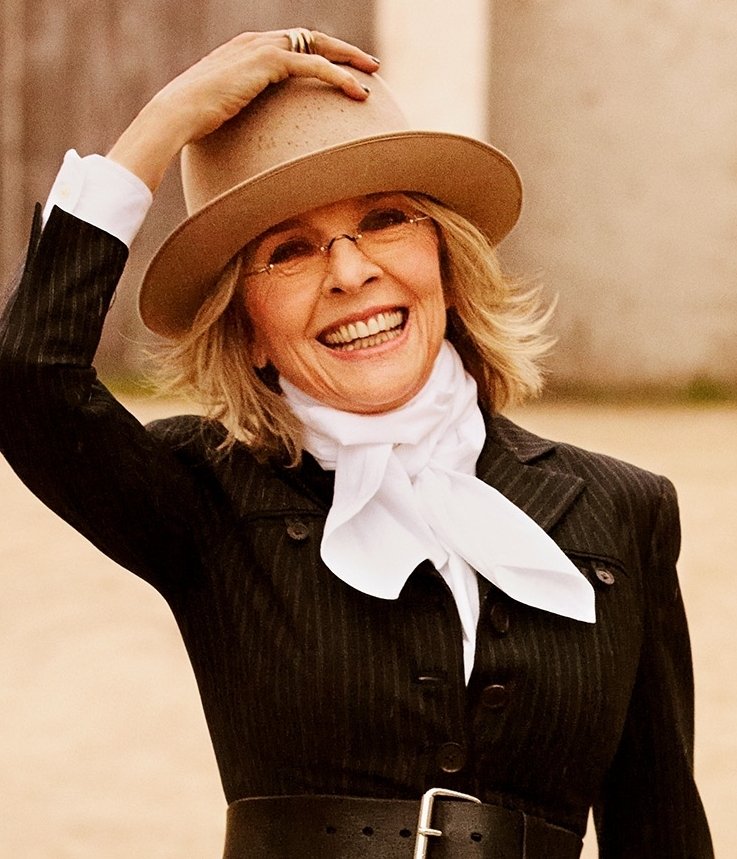
The world of film and entertainment is mourning the loss of Diane Keaton, an Oscar-winning actress renowned for her enduring talent, individuality, and influence on generations of performers and fans. Keaton died at the age of 79 in California on Saturday, October 11, 2025, her family confirmed. Details remain private, with her family requesting privacy as they grieve this profound loss.
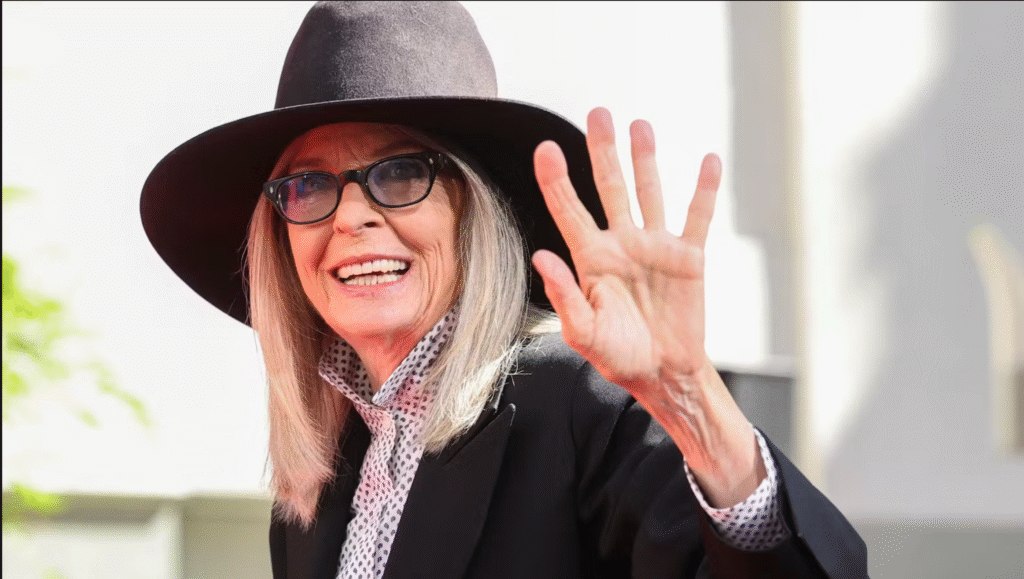
A Distinctive Talent
Diane Keaton rose to fame in the 1970s through a series of memorable roles, most notably as Kay Adams in “The Godfather” trilogy and as the quirky, unforgettable lead in Woody Allen’s “Annie Hall,” for which she won the Academy Award for Best Actress. Her performances in films like “The First Wives Club,” “Something’s Gotta Give,” and the “Book Club” series solidified her reputation as an actress with unique comedic timing and dramatic depth. Keaton was celebrated not only for her artistry but also for her androgynous fashion sense, characterized by menswear-inspired looks, hats, and an easy, effortless style that influenced generations.
Legacy and Tributes
Following the news of her passing, tributes poured in from Hollywood and beyond. Bette Midler, Goldie Hawn, and Jane Fonda were among the countless stars who expressed devastation and admiration for Keaton’s incomparable legacy. Hawn recalled their friendship and collaborations, writing: “Diane, we aren’t ready to lose you…you stole the hearts of the world and shared your genius with millions”. Midler echoed the sentiment, praising Keaton as “brilliant, beautiful, extraordinary” and a truly original presence in Hollywood.

Private Struggles and Final Months
Though fiercely independent and known for her openness, Keaton kept her declining health private in her final months. Friends and neighbors noticed her retreat from public life and social media, and she was recently seen less often in her Brentwood neighborhood. In the past, Keaton candidly discussed her ongoing battles with skin cancer and bulimia, openly advocating for personal health and authenticity.
Remembering Diane Keaton
Diane Keaton leaves behind a legacy defined by her fearless performances, unique style, and enduring influence on the arts. She is survived by her two children, Dexter and Duke. As Hollywood and her global fanbase mourn, her pioneering spirit and unmistakable voice will continue to inspire generations.
Entertainment
The Hooper Premiere Delivers 90s Nostalgia

The debut screening of The Hooper transported audiences straight back to the golden era of the 90s, as fans, producers, and supporters gathered to celebrate filmmaker Dakarai Akil’s first feature film.

A Full 90s Vibe
From colorful windbreakers and bucket hats to the booming beats of old-school R&B and hip-hop, the premiere had all the hallmarks of a true 90s throwback. Guests embraced the theme wholeheartedly, creating a night that felt like stepping into a time machine. The venue’s decor reflected vintage basketball culture, perfectly aligning with the film’s energy.

“It wasn’t just a premiere—it was a memory lane experience,” said one attendee. “It reminded us of the music, fashion, and spirit we grew up with.”

Dakarai Akil’s Debut
The Hooper marks Akil’s official debut as a writer and director, telling a heartfelt story of grit, passion, and ambition. The film drew a warm response from the crowd, earning a standing ovation and heartfelt cheers.
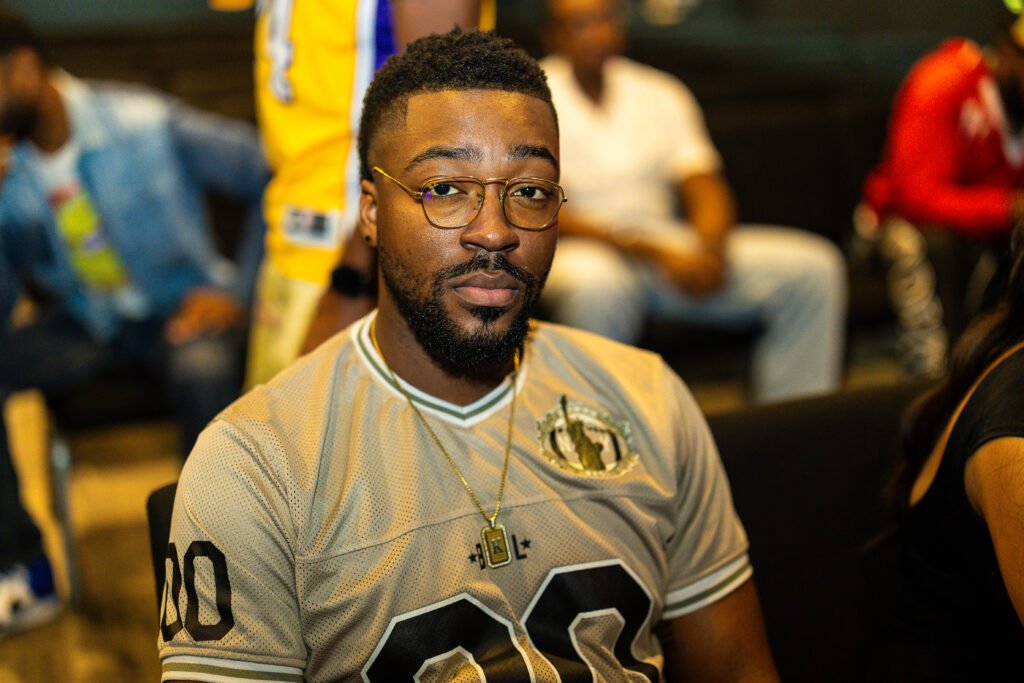
Akil thanked the audience, noting how meaningful their support was: “Tonight wasn’t just about showcasing my film—it was about honoring the culture that shaped it.”
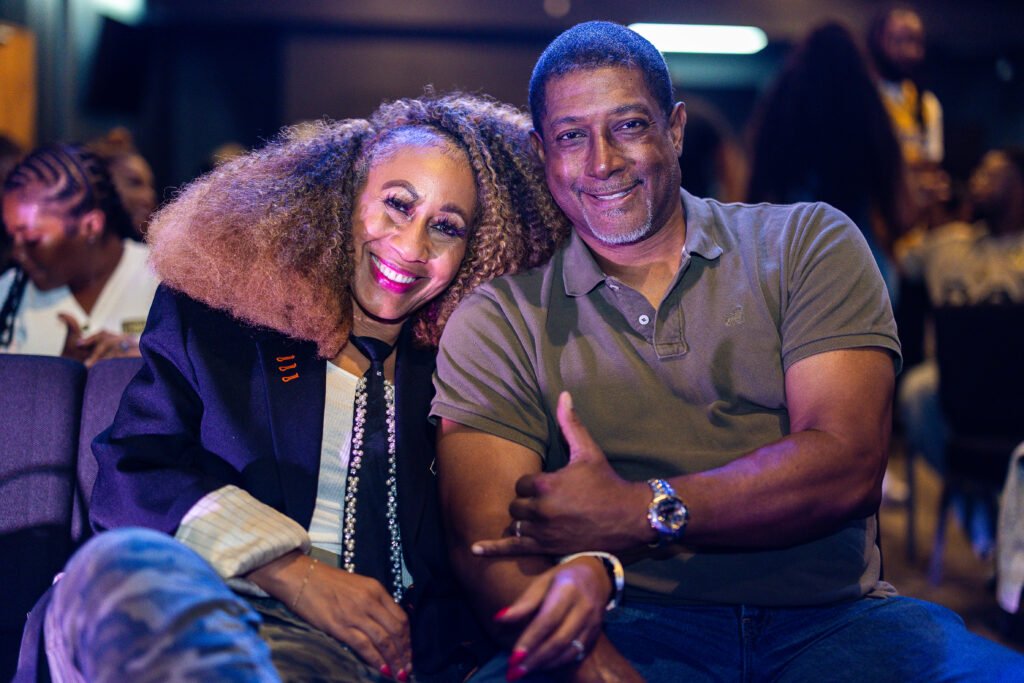
Community Energy
The turnout included local creatives, industry pros, and longtime supporters of Akil’s work. Between snapping photos on the 90s-themed backdrop and singing along to classic hits, attendees embraced the event as a celebration of both art and community.

Looking Forward
With The Hooper now making waves, Akil is poised to reach even wider audiences in the months ahead. If the premiere’s atmosphere was any indication, this is just the beginning of a filmmaker ready to blend nostalgic charm with fresh storytelling.

 Business3 weeks ago
Business3 weeks agoDisney Loses $3.87 Billion as Subscription Cancellations Surge After Kimmel Suspension

 Entertainment3 weeks ago
Entertainment3 weeks agoWhat the Deletion Frenzy Reveals in the David and Celeste Tragedy

 Filmmaking4 weeks ago
Filmmaking4 weeks agoThe Real Reasons Film Jobs Are Disappearing

 Film Industry4 weeks ago
Film Industry4 weeks agoInside “Sanctuary”: Ian Courter on Military Comedy’s Human Side

 Entertainment4 weeks ago
Entertainment4 weeks agoABC Suspends ‘Jimmy Kimmel Live!’ Indefinitely After Kirk Remarks

 Tech4 weeks ago
Tech4 weeks agoWhy Experts Say AI Could Manipulate, Blackmail, and Even Replace Human Relationships

 News4 weeks ago
News4 weeks agoSeeing Trauma: What Charlie Kirk’s Death Reveals About a Nation in Conflict

 Entertainment3 weeks ago
Entertainment3 weeks agoExecutive Producer Debut: How Celia Carver Created Festival Hit ‘Afterparty’








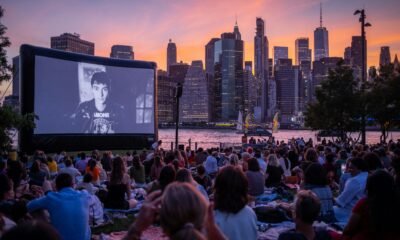

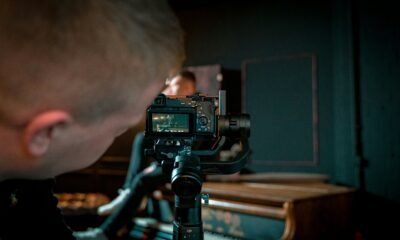



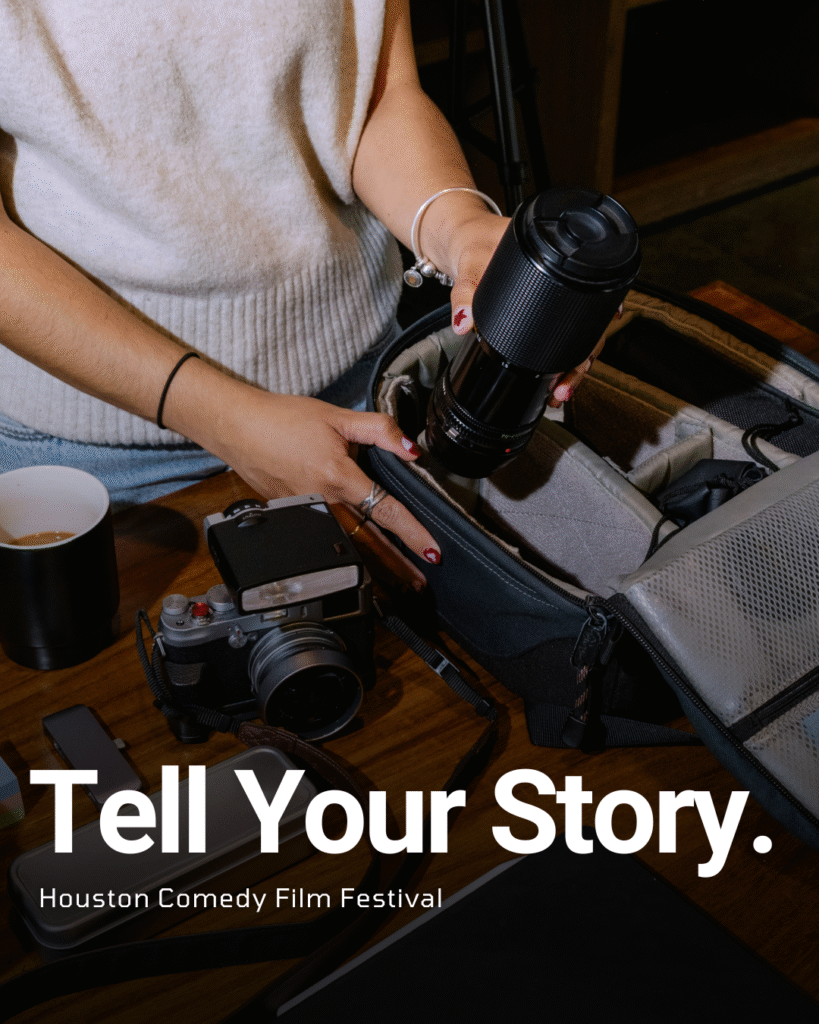













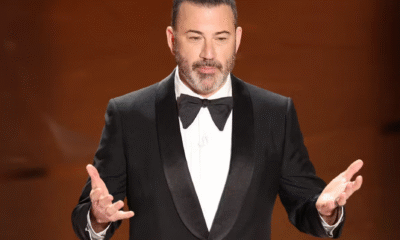





Pingback: Rosie Maddox: Rom-Com Queen Wins with Best Screenplay! | Bolanle Media